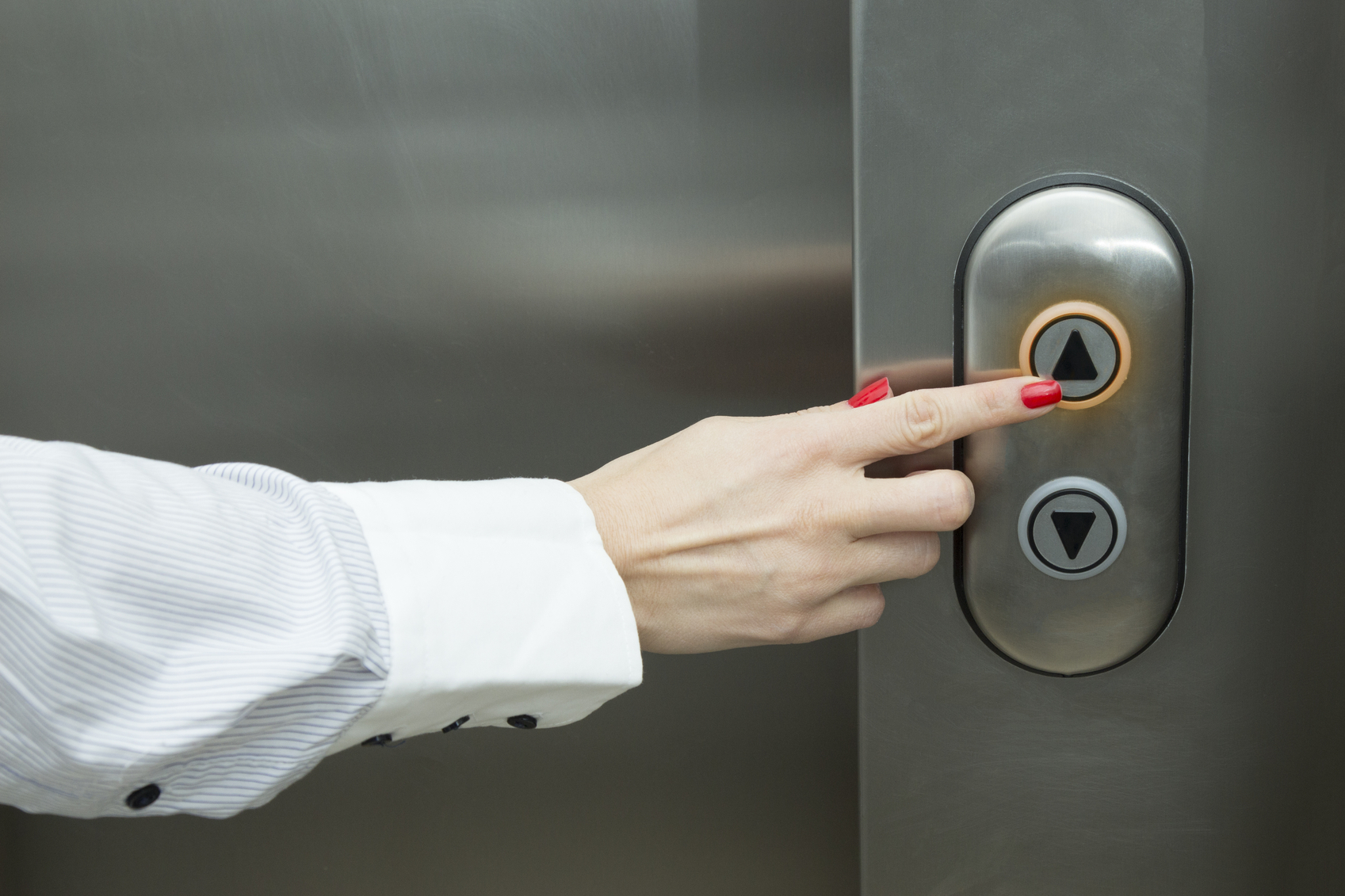We Maintain Lifts with Precision: Ensuring Safety and Effectiveness
Exploring the World of Elevators: Usual Concerns Dealt With by Different Lift Mechanisms
As we navigate with the upright transport systems of modern-day buildings, lifts stand out as an essential part of our daily lives. From hydraulic elevators to grip systems and machine-room-less designs, each lift kind comes with its collection of common problems.
Hydraulic Lifts
Hydraulic elevators, typically favored for low-rise buildings, use fluid stress to regulate the movement of the elevator auto (lift repair companies). This mechanism includes a hydraulic pump pressing oil right into a cylinder, triggering the lift to relocate in the desired direction. While hydraulic elevators are recognized for their quiet and smooth procedure, they do feature their very own collection of common issues
One common issue with hydraulic lifts is oil leak. Furthermore, problems with the control system, such as malfunctioning shutoffs or a malfunctioning pump, can trigger interruptions in the elevator's activity.
Normal upkeep and timely repair services are crucial to make certain the smooth performance of hydraulic lifts. By attending to these typical problems proactively, structure owners can reduce downtime and ensure the safety and performance of their upright transportation system.
Traction Elevators
When taking into consideration upright transportation systems in buildings, another usual kind apart from hydraulic elevators is the grip elevator. Traction lifts run utilizing a system of ropes and counterweights that relocate the elevator automobile by grasping onto the hoist ropes. This mechanism permits for smoother and much faster vertical transportation contrasted to hydraulic systems.
One of the common concerns dealt with by traction lifts is rope wear. The continuous movement of the ropes within the grip system can result in tear and use gradually, potentially triggering the lift to breakdown or come to be hazardous for usage. Regular inspections and upkeep of the ropes are vital to ensure the lift's appropriate performance and security.
An additional problem that grip elevators might experience is connected to the control system. Issues with the control system can lead to concerns such as erratic activity, delays in action times, or even total closures. Regular screening and maintenance of the control system are crucial to stop such issues and guarantee the lift's reliability.
Machine-Room-Less (MRL) Lifts

Among the crucial elements of MRL elevators is the portable gearless traction machine that is mounted within the hoistway. This machine successfully drives the lift cars and truck without the requirement for bulky tools discovered in traditional grip elevators. Furthermore, MRL elevators commonly make use of a counterweight system to stabilize the cars and truck, further boosting their energy efficiency.
Regardless of their advantages, MRL elevators might face difficulties associated with upkeep and repair service due to the restricted room for equipment setup. Accessibility for servicing elements within the shaft can be restricted, requiring specialized training for service technicians. Proper upkeep timetables and regular assessments are critical to guarantee the ongoing smooth procedure of MRL lifts.
Overloading and Weight Limit Issues
Are elevators equipped to manage excess weight lots successfully and safely? Overloading and weight limitation problems are essential concerns in elevator operations. Lift suppliers design lifts with particular weight capabilities to make sure guest safety and lift companies in London security and tools long life. Surpassing these weight restrictions can bring about numerous problems, including mechanical failings, hold-ups, and safety and security hazards.
When lifts are overwhelmed, it puts excessive strain on the electric motor, cable televisions, and other components, possibly creating break downs or malfunctions. If they discover excess weight, safety devices such as sensing units and overload sensors are in area to stop elevators from moving. In addition, surpassing weight limits can bring about boosted energy usage and wear and tear on the lift system.
To minimize straining issues, developing supervisors need to prominently display weight limits in elevators and inform passengers on the significance of adhering to these constraints - lift repair companies. Normal maintenance checks by qualified service technicians can additionally aid ensure that elevators are operating within safe weight parameters. By dealing with overloading and weight restriction problems proactively, building owners can improve elevator security and performance
Electrical System Failures
Going beyond weight restrictions in lifts can not just cause mechanical problems however likewise potentially add to electrical system failings within the lift facilities. Electrical system failures are an essential worry in lift operation, as they can trigger unexpected closures, breakdowns, or even security threats. One common electrical concern is the getting too hot of components because of extreme existing circulation brought on by overwhelming the lift past its capacity. This can result in damage to the electric motor, control, or circuitry systems, leading to costly repair services and downtime.
Moreover, power surges or fluctuations in the electric supply can additionally interfere with the lift's procedure, impacting its efficiency and safety and security. These electric disruptions can damage sensitive elevator components such as control board, motherboard, or sensing units, causing system failures. Regular maintenance and inspections are essential to determine and resolve possible electric problems promptly, ensuring the efficient and risk-free operation of lift systems. By sticking to weight limitations and performing routine electric system checks, building owners can minimize the danger of electrical failings in elevators.
Conclusion

Hydraulic lifts, usually liked for low-rise buildings, make use of fluid stress to control the activity of the lift vehicle.When considering upright transportation systems in structures, one more typical type apart from hydraulic elevators is the grip elevator. Grip elevators run utilizing a system of ropes and weights that move the lift cars and truck lift companies in London by grasping onto the hoist ropes. Unlike standard lifts that need a different machine space to house the devices, MRL lifts incorporate most of the elements within the shaft, eliminating the demand for a committed maker area.In final thought, elevators face usual problems such as hydraulic malfunctions, grip system failures, and electric system troubles.